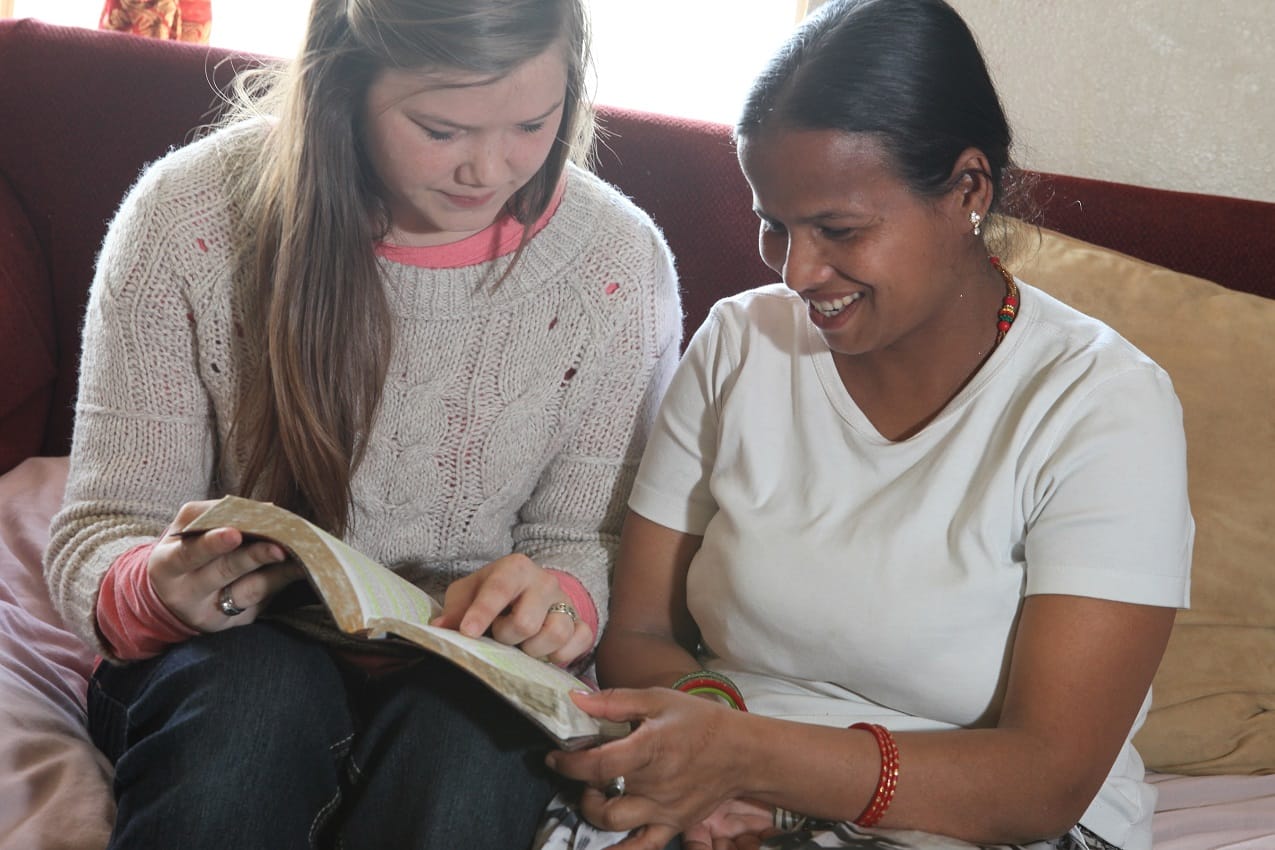
The concept of membership in a particular social group essay
As is well known, the term “membership in a particular social group” was added near the end of the deliberations on the Convention. The travaux is particularly unhelpful as a guide to interpretation. All that is recorded is the Swedish delegate’s observation that “experience has shown that certain refugees had been persecuted because they belonged to particular social groups. The draft Convention made no provision for such cases, and one designed to cover them should accordingly be included”. Accordingly, courts and scholars have generally turned to the term’s association with the other “for reasons of” categories—race, religion, nationality, and political opinion—for interpretive guidance. That is, they have sought to identify elements central to the other categories (such as the “immutability” or “fundamentality” of the category) and then to adopt an interpretation of particular social group consistent with the identified element (Aleinikoff, p.5).
While this strategy may provide a limiting principle, it is not compelled by the Convention or other authoritative sources; it is possible that the term was adopted to cover an assortment of groups whose need for protection was based on circumstances distinct from those that provide the justification for inclusion of the other categories. In fact, the results of “membership in particular social group” notion integration were felt only after 1980. In purpose to comply the UN the United States the 1967 protocol and later passed the Refugee Act of 1980. The “Refugee Act” expanded the legal definition of refuge to include those fleeing “persecution on account of membership… in particular social group”. Since the Refugee Act passage, applicants for benefits contingent on refugee status have sought protection from persecution on account of in a wide range of purported social groups, including gay men and lesbians, individual families, urban draft age males not in the army, Cubans who fled their country in the Mariel boat lift, and various cultural groups and economic classes (Roberts, p.3). In his online article, Mario Musil writes that before the year 1980 there was no statutory basis for granting refugee status to people who applied for asylum from within the United States. The Refugee Act changed this by allowing people already in the United States to receive refugee status and be granted asylum under 8 USC 1158. While the Attorney General has discretion to grant or deny asylum (Musil, p.1).
The passage of already noted “Refugee Act” was followed by unprecedented wave of new immigration, and at first time it had both outside and inside vectors. Herewith, the majority of all applicants determined themselves as the members of particular social group due to absence of unified approach to notion’s definition. Analyzed addition became the fruitful background to abuse the right. In this order, the majority of applicants made references to this feature of refugee status in purpose of partial burden of prove relief and easier migration proceeding.
As well as most of other notions of refugee law, the “membership in particular social group” term has extremely flexible meaning. It still remains so, however, the practice has already generated different approaches to its interpretation. In this order we should remind Matter of Acosta 985 case, Ninth Circuit, and Sanchez-Trujillo v. INS case. Eventually, the precedents established that particular social group – “is one united by a voluntary association, including a former association, or by an innate characteristic that is so fundamental to the identities or consciences of it members that members either cannot or should not be required to change it”.

